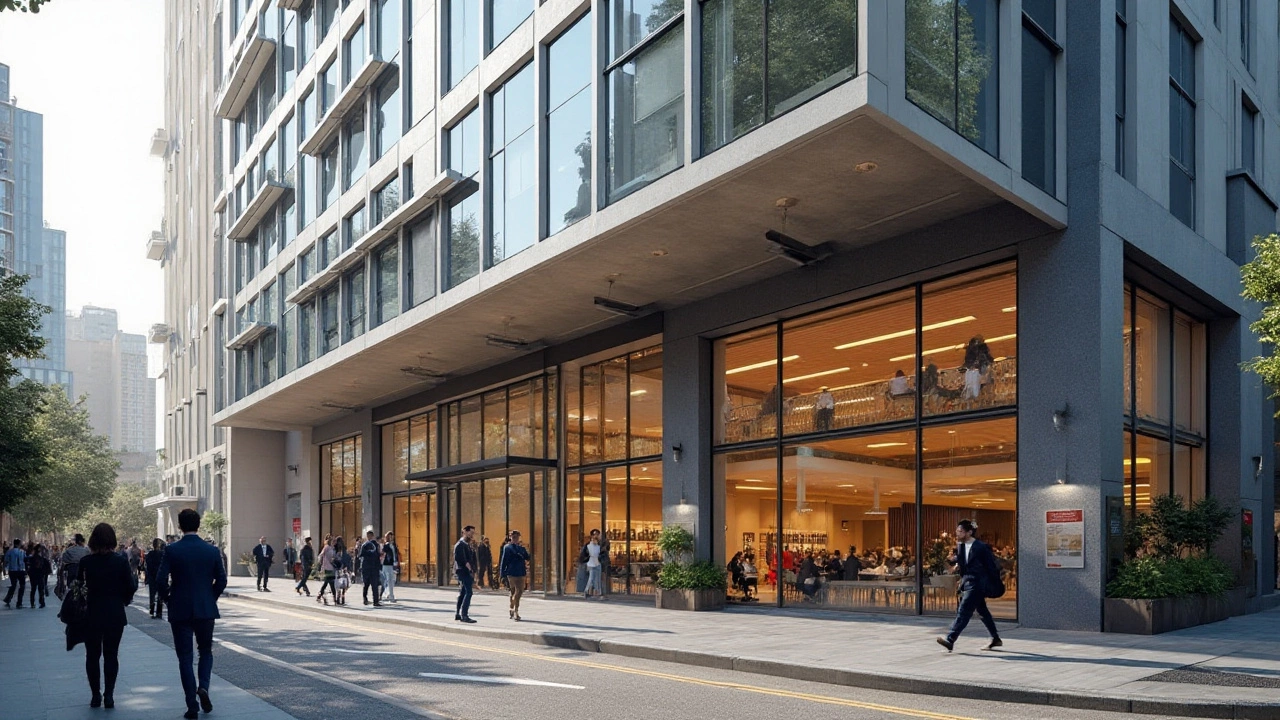Building Safety Made Simple: What Every Homeowner and Builder Should Know
Ever walked into a new build and thought, “Is this place solid enough?” You’re not alone. Whether you’re fixing a leaky pipe or overseeing a full‑scale construction job, safety is the first thing you need to lock down. In this guide we’ll break down the most common risks – like cracked foundations, roof failures and hidden mold – and give you quick steps to keep the property safe.
Spotting Structural Problems Before They Cost You
Cracks in walls or slabs are the first red flag most people notice. Not every crack means the building will collapse, but knowing the difference saves money and headaches. Hair‑line cracks (the thin lines you see on drywall) are usually harmless, while wide, stair‑step cracks in concrete or bricks often point to settlement issues. Grab a ruler, measure the width, and jot down where it appears. If a crack widens more than a millimetre in a week, call a structural engineer.
Foundations are the hidden backbone of any building. Horizontal cracks in a foundation are especially dangerous because they can indicate pressure from soil movement. Repair costs can vary, but the real expense is the loss of value and safety if ignored. A simple visual check every few months – look for uneven floors, doors that stick, or gaps around windows – can catch problems early.
Roof, Mold and Other Hidden Hazards
Roof work often feels expensive, and there’s a reason: it involves labor at height, proper safety gear and quality materials. When a roof starts leaking, the water can damage insulation, wood framing and even cause mold growth. Mold isn’t just an eyesore; it can trigger asthma, allergies and other health issues. If you notice a musty smell or spots on walls, get a professional to test the air and fix the source ASAP.
Plumbing mishaps are another hidden danger. A small burst pipe behind a wall can weaken the structure over time. Keep an eye on water pressure – if it spikes suddenly, you might have a leak. Regularly inspect under sinks and around appliances for drips. A quick shut‑off of the main valve can prevent a flood from turning into a disaster.
Finally, don’t forget the basics of site safety if you’re doing any DIY work. Use sturdy ladders, wear gloves, and never skip a hard hat when working on roofs or high walls. Clear the area of pets and kids, and keep a fire extinguisher handy.
Staying on top of building safety isn’t about being a specialist; it’s about noticing the everyday signs and acting fast. A few minutes of inspection each month, combined with the right professional help when needed, can keep your home or project strong, healthy and compliant with regulations. Ready to protect your space? Start with a quick walk‑through today and make safety part of your routine.

